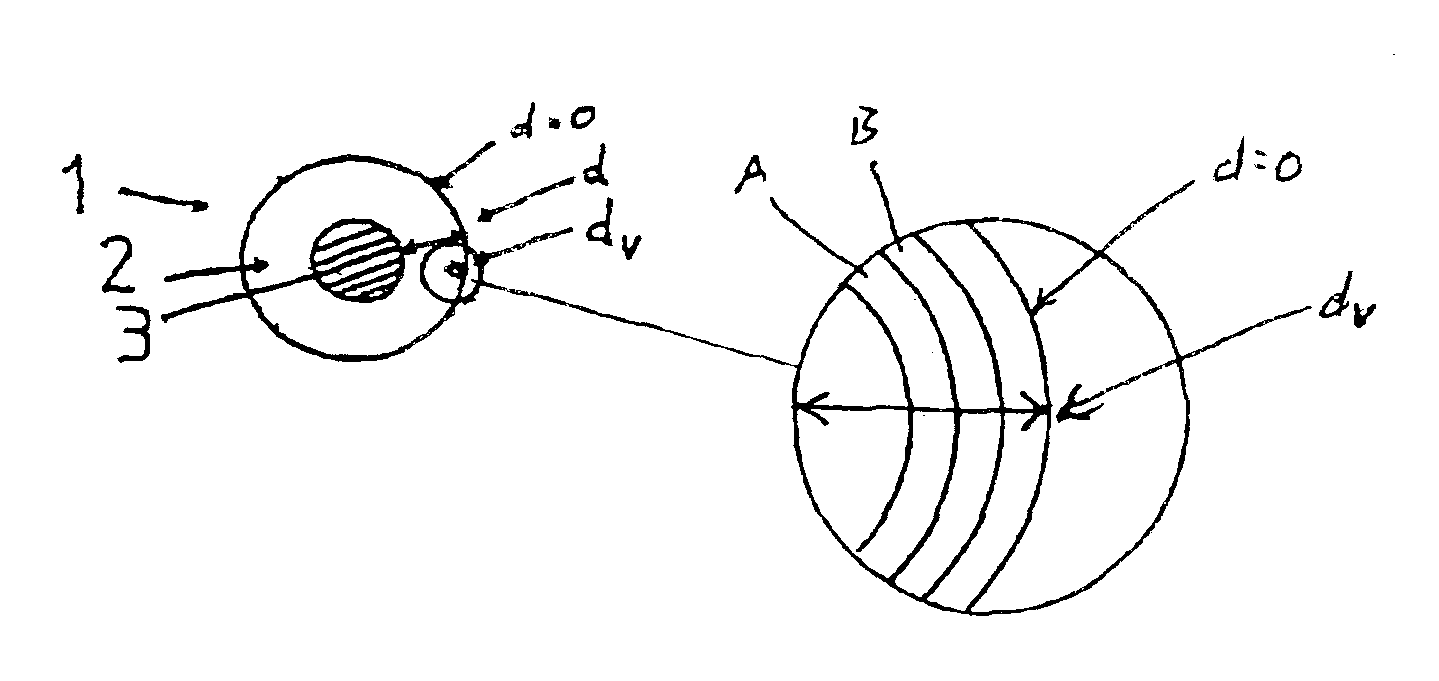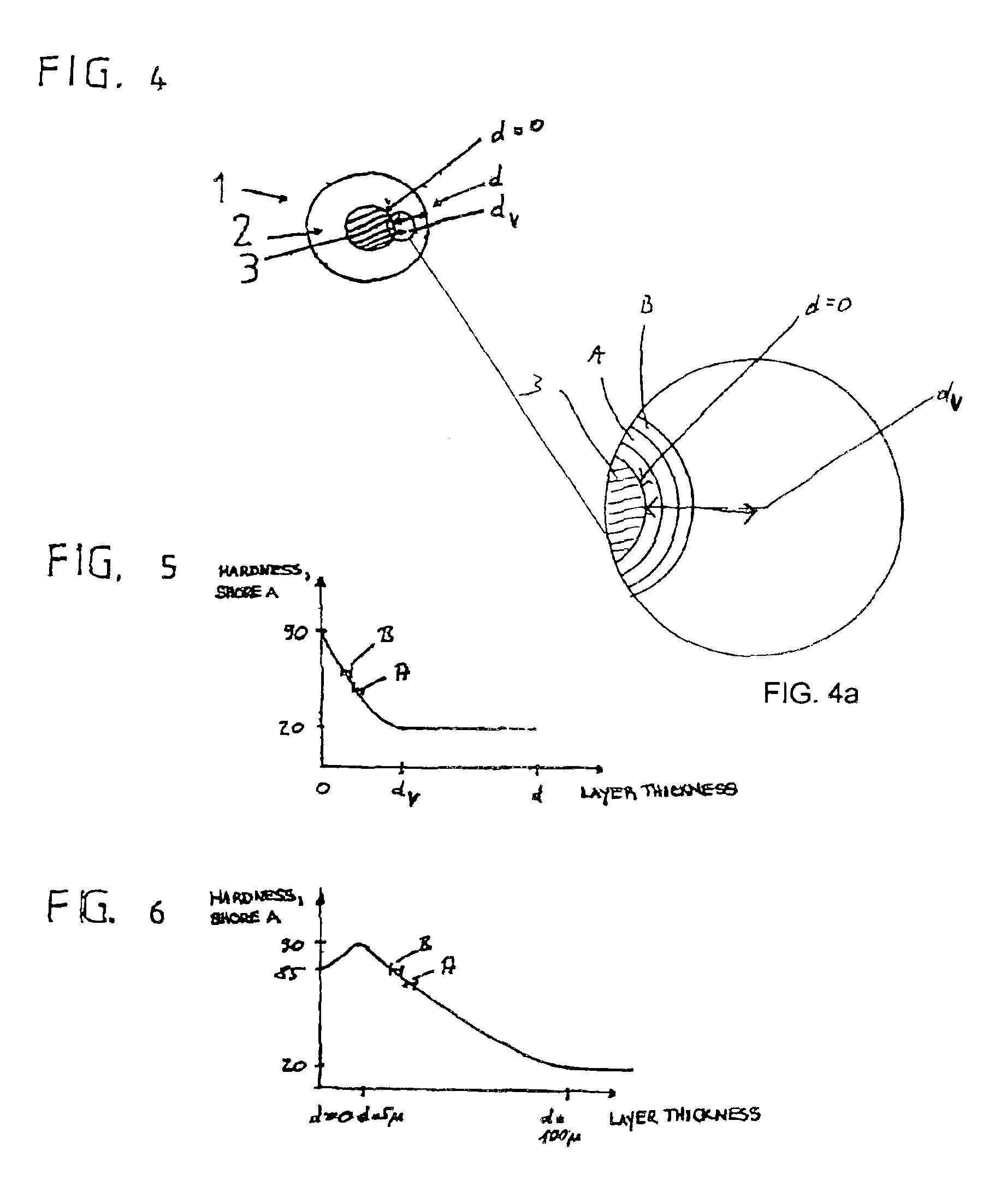Roller for fluid film preparation or application
a technology of fluid film and roller, which is applied in the direction of printing, power-driven tools, coatings, etc., can solve the problems of inhomogeneity of ink application on the respective printed product, complex design, and high cost, and achieve the effects of improving the quality and efficiency of fluid film preparation, and reducing the number of rolls
- Summary
- Abstract
- Description
- Claims
- Application Information
AI Technical Summary
Benefits of technology
Problems solved by technology
Method used
Image
Examples
Embodiment Construction
[0005]The object of the invention is to design a roller for fluid film preparation or application, particularly for offset printing, with which inhomogeneities in the printing medium or printed product, particularly ribbing on the printed product, can be at least largely avoided, which can be adapted particularly easily to the respective requirements by changing the characteristics of the coating surfaces, and which is cost-efficient to manufacture.
[0006]According to the invention, the object is solved by a roller for fluid film preparation or application, in which the roller coating at least in certain areas displays an essentially continuous hardness gradient that can exist through part of layer thickness d of the roller coating. It has been found that the presence of an essentially continuous hardness gradient, i.e. a continuous change in hardness, has a very positive influence on the printed result, particularly with regard to the occurrence of ribbing, and that ribbing can be a...
PUM
| Property | Measurement | Unit |
|---|---|---|
| thickness | aaaaa | aaaaa |
| thickness | aaaaa | aaaaa |
| thickness | aaaaa | aaaaa |
Abstract
Description
Claims
Application Information
 Login to View More
Login to View More - R&D
- Intellectual Property
- Life Sciences
- Materials
- Tech Scout
- Unparalleled Data Quality
- Higher Quality Content
- 60% Fewer Hallucinations
Browse by: Latest US Patents, China's latest patents, Technical Efficacy Thesaurus, Application Domain, Technology Topic, Popular Technical Reports.
© 2025 PatSnap. All rights reserved.Legal|Privacy policy|Modern Slavery Act Transparency Statement|Sitemap|About US| Contact US: help@patsnap.com



